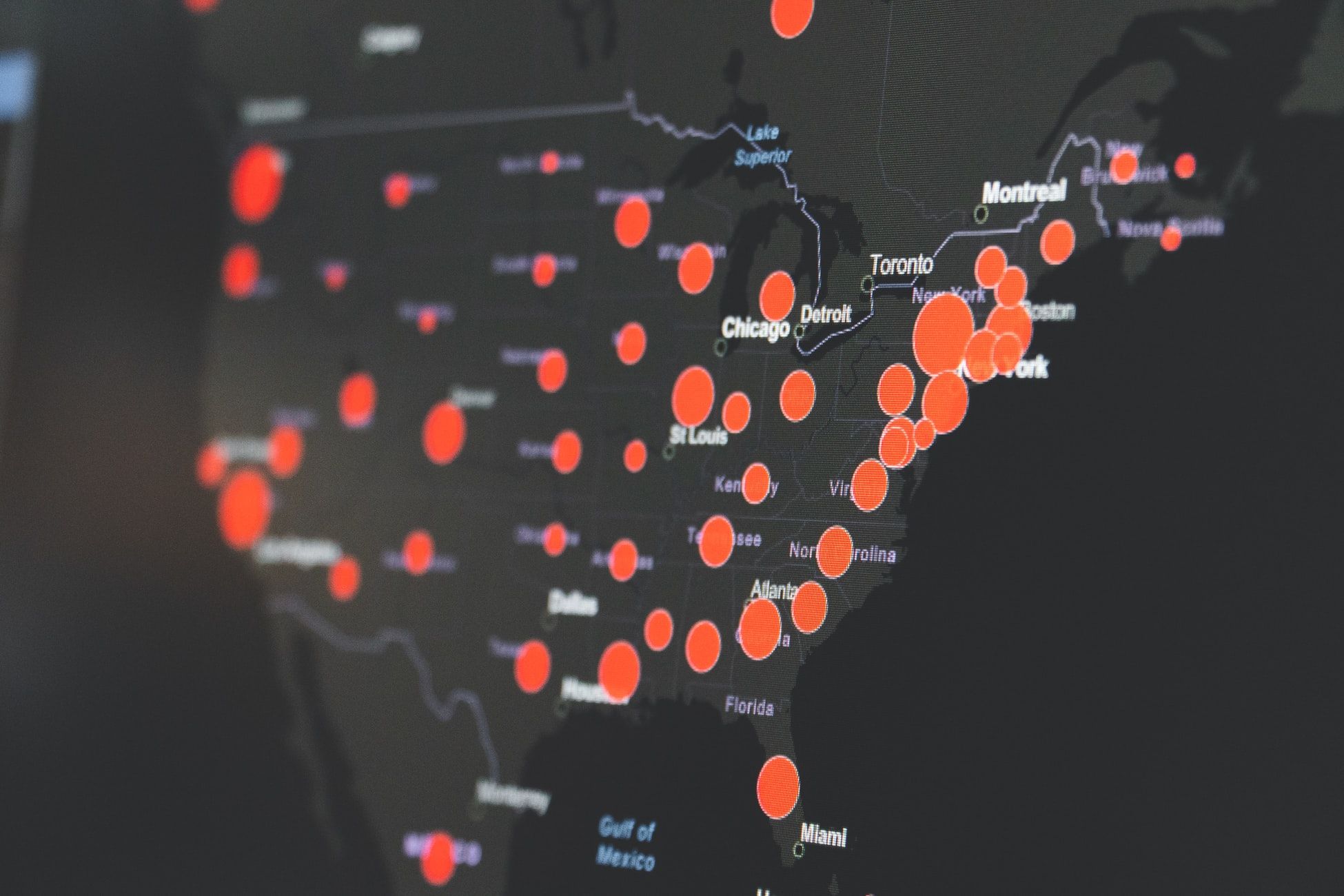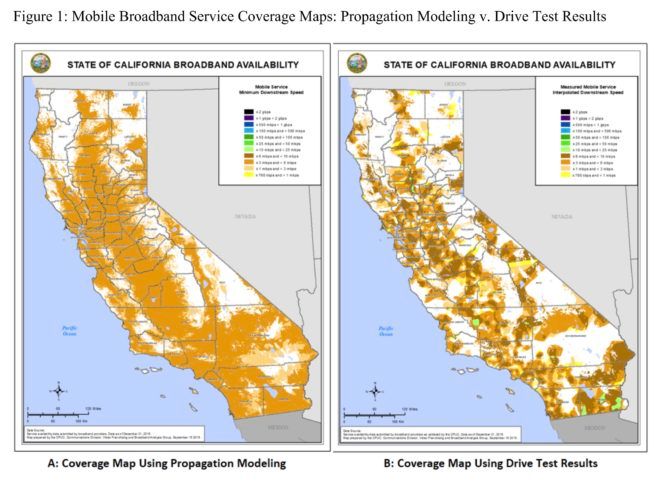Late last year, the FCC determined that US carriers were exaggerating coverage and speeds in their maps — something literally any human being with a phone in the US can attest to. While blame flew back and forth (the carriers seriously tried to pin this as a regulatory problem, you can't make this up), the FCC is still mandating better testing for more accurate maps. But now both AT&T and T-Mobile are stepping up from mere marketing rhetoric to legal rhetoric, formally objecting to the plan as stated, claiming it would cost them too much, and that more honest testing might actually confuse customers somehow.
As spotted by Ars Technica, objections from both AT&T and T-Mobile were filed on the 17th and 18th, respectively, in response to a proposal by the FCC that the carriers submit better evidence of coverage with real-world so-called "drive testing" back in July. Verizon pre-emptively objected to details regarding real-world testing as well last year. The hope was that better quality testing can point out the underserved gaps in rural broadband.
In its objection, AT&T claims that "it is not possible for all carriers to use the same parameters and produce maps that accurately predict their individual network performance." That's an argument that might hold weight, except that the parameters in question are things as simple as "speed." AT&T also claims that the effort and cost to produce these maps would outweigh any perceived benefit — presumably ignoring the vast consumer benefit more realistic maps would clearly provide. And T-Mobile agrees: "Doing so would only impose more burdens on providers and lead to further customer confusion without providing a commensurate benefit." So far as I can tell, that's carrier bullshit speak for, "like, that might cost money, man. And then customers might realize our maps lie. And having an honest map is, like, way more confusing for them than just having issues in an area we claim to serve."
Some other objections by the carriers hold weight, though, like worries regarding standardizing testing methodology when it comes to testing resolution and "challenge" (or result) types, in a way that doesn't put a specific network architecture at a disadvantage. But those are details that can be worked out.
Map by the California Public Utilities Commission comparing propagation models with real-world results.
Right now, most of the maps out there are based purely on how the signal is expected to propagate under ideal circumstances — spherical cows in a vacuum type stuff. But real-world numbers rarely reflect that, making those maps a best-case scenario you'll almost never see. In places with a ton of strong coverage, it's not a big deal, but in rural areas, the difference can make a huge dent. And this isn't just a bunch of eggheads quibbling over modeling differences, we've all run into similar problems anecdotally with little or no signal in an area our carrier maps claim to serve — it's an actual problem.
The FCC may yet change its mind about this testing or roll over when it comes to real-world mapping, now that carriers have more formally objected to it. The agency hasn't been as strong with US carriers as it used to be, and it glossed over this mapping issue last year, electing not to punish carriers for misleading the public and misallocating federal funds.
Source: FCC (1), (2); Ars Technica


